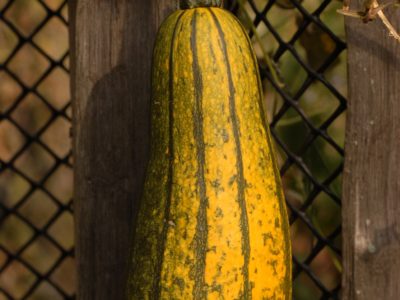Winter squash is a generic term used for a group of squash varieties that grow during the summer until they reach full maturation, in which the skin hardens into a tough rind and the seeds have fully developed, so that they can be stored for months, into the winter (whereas summer squash are ripe during the summer and are not considered storage vegetables). Some examples of winter squash include butternut squash, acorn squash, delicata squash, and spaghetti squash (some of my all-time favorites!). Despite the name, winter squash is generally harvested in early fall (September or October), so this would be the time to pick it up at the farmers’ market!
Because of winter squashes’ thick rind and many internal seeds, these varieties need to be cooked before eating and generally need to have the seeds removed. There are so many Paleo-friendly recipes that call for winter squash, and these super diverse and yummy vegetables are a great way to recreate classic textures (especially soup) without ransacking an entire dish’s flavor profile. Some of my favorite recipes that include winter squash are my Meatball & Winter Squash Casserole, Ground Pork and Winter Squash Frittata, and Cinnamon Butternut Squash and Plantain with Apple.
Like other squash varieties, winter squash is a good source of nutrition. All varieties of winter squash are mostly water, with the most significant macronutrient being carbohydrate (about 8.5g/100g of squash, with 1.5g of that being fiber. Yay!). From a micronutrient perspective, winter squash contain moderate amounts of almost every dietary vitamin and mineral!!! The vitamin and mineral content varies slightly on the color of the squash as well as the quality of the soil they are grown in (yet another reason why farmers’ market produce is so much better!).


 Sage
Sage